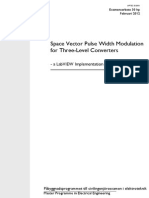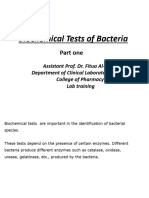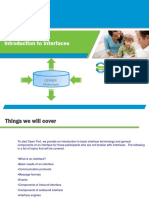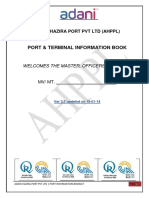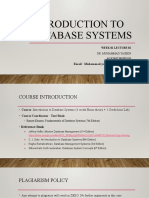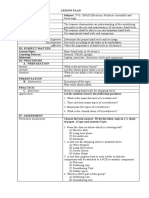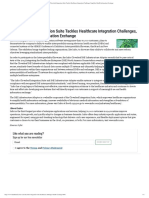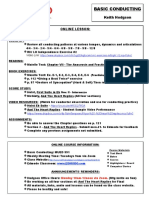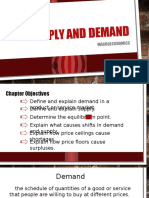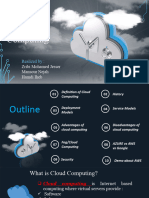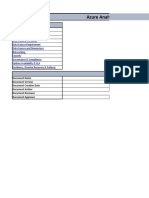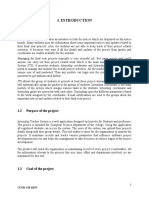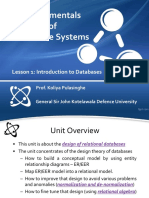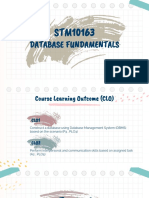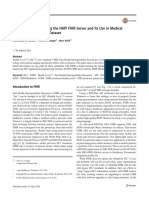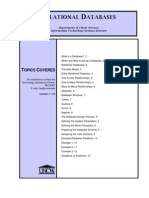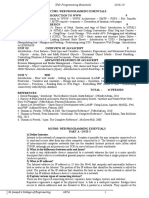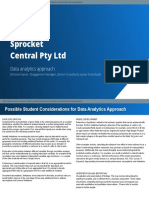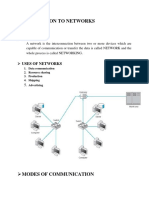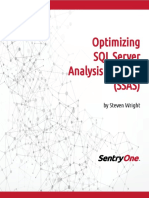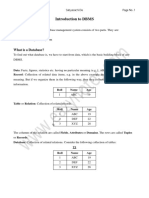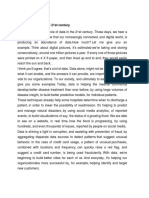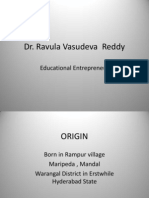Introduction to Relational
Database Management
System
Prepared by: Romer Ian O. Pasoc
What is an RDBMS?
A relational DBMS is a special software that
is used to manage the organization,
storage, access, security and integrity of
data.
This specialized software allows the
application developer or user to focus on
the user interface, data validation and
screen navigation
The application system can then simply
makes a call to the RDBMS when
inserting, modifying, deleting or displaying
data.
RBMS is the most common type of database
management system.
Other types includes hierarchical and network
databases.
A relational DBMS stores information in a set of
tables, each of which has a unique identifier
or primary key.
The tables are then related to one another
using foreign keys.
A foreign key is simply the primary key of
another table.
Real Life Applications
Almost all major industries or companies,
and even medium size establishments
utilizes DBMS and there is a big chance that
most of these are RDBMSs.
The Relational Model
The relational model is a collection of relations
required to build a database. Tables in an
RDBMS are technically called Relations.
In the relational model, each row in the relation
consists of set of related data values.
Each row shares some reality which corresponds
to the real world entity or relationship
Rows in a relation is technically called Tuples
Every relation is given a unique name. A relation
comprises of columns. These columns represents the
set of related values (domain) that pertains to its
attribute. Example, A relation: person, can have an
attributes: name, age, address . These attributes should
only contain information that belongs to its intended
data to be stored (domain).
Proper naming of relations and its columns is essential
for identification of data to be extracted.
Technically, a column in our relation is called an
Attribute
BASIC PARTS OF A
RELATION
STUDENT
Student_ID
(STRING)
S_Name
(STRING)
Age
(INT)
B_day
(DATE)
1023-PRP
Juan
19
09/09/1989
1231-IGP
Pedro
20
11/22/1988
2312-ICT
Maria
17
02/21/1991
2131-HGQ
Crispin
16
05/09/1992
1923-YYT
Basilio
21
12/25/1987
Student Name of the relation
Student_ID, S_Name, Age, and B_day Attributes
String, Int, and Date Domain
All 5 rows Tuples
BASIC PARTS OF A
RELATION
RELATION NAME
Table name
ATTRIBUTES
Columns
DOMAIN
Data Types
TUPLES
Rows/Records
Notation
We can actually write the structure of a
relation in this format:
relation_name (attribute1:domain,
attribute2:domain,attributeN:domain)
Why the underline on the first attribute?
Represents keys
COMMON DATA TYPES (MS ACCESS)
Text/String
Use for text or combinations of text, numbers,
and some symbols. 255 characters maximum
Memo
Memo is used for larger amounts of text. Stores
up to 65,536 characters.
Integer/Int
Allows whole numbers between -32,768 and
32,767
Long
Allows whole numbers between -2,147,483,648
and 2,147,483,647
COMMON DATA TYPES (MS ACCESS)
Single
Single precision floating-point. Will handle most
decimals
Double
Double precision floating-point. Will handle most
decimals
Currency
Use for currency. Holds up to 15 digits of whole
dollars, plus 4 decimal places.Tip:You can
choose which country's currency to use
COMMON DATA TYPES (MS ACCESS)
AutoNumber
AutoNumber fields automatically give each record
its own number, usually starting at 1
Date/Time
Use for dates and times
Yes/No
A logical field can be displayed as Yes/No,
True/False, or On/Off.
Assignment
1.
2.
3.
4.
What is a Schema?
What is an Instance and how does it differ
to Schema?
What are the different types of keys in an
RDBMS?
What are the 4 different types of
relationships?







